White Oak Bark
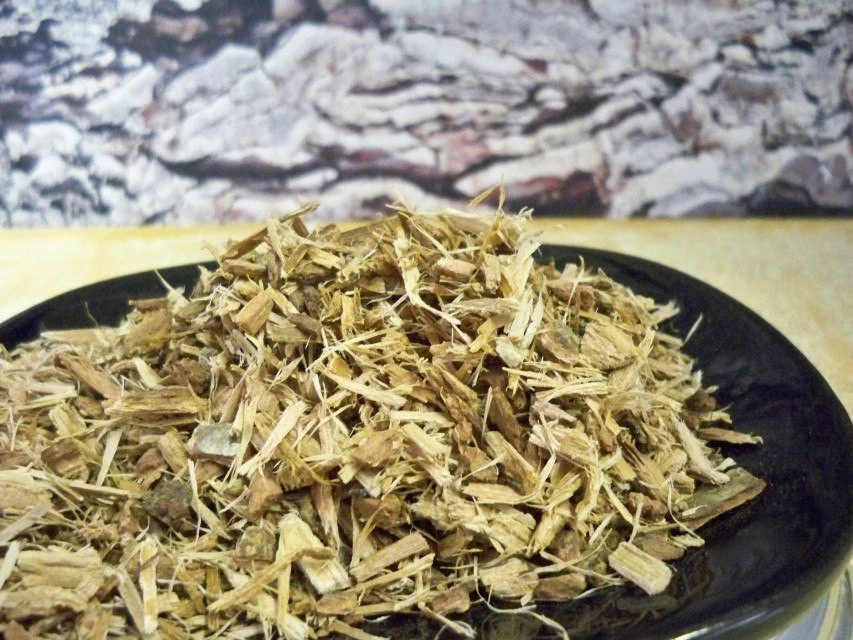
White Oak Bark, harvested from the White Oak tree (Quercus alba), is a traditional herbal remedy known for its astringent and anti-inflammatory properties. It has been used in various cultures for its medicinal benefits and is commonly applied in natural medicine for its healing effects. The bark is typically collected, dried, and powdered for use in teas, poultices, and tinctures.
1. Size:
- White Oak trees can grow to a height of 50 to 80 feet (15 to 24 meters) with a broad canopy. The bark is thick and rugged, with the inner bark being more useful for medicinal purposes.
2. Color:
- The outer bark of the White Oak is greyish-brown and deeply furrowed, while the inner bark is lighter, often ranging from pale brown to reddish-brown.
3. Texture:
- The bark has a rough, deeply ridged texture on the outside, while the inner bark is smoother and more fibrous. When dried, it becomes somewhat brittle and can be easily ground into a powder.
4. Fragrance:
- White Oak Bark has a mild, earthy scent. It does not have a strong fragrance, but the scent can be noticeable when the bark is freshly harvested or prepared.
5. Uses:
- White Oak Bark is used for its astringent properties to treat diarrhea, hemorrhoids, and minor bleeding. It is also applied topically to help with skin irritations and inflammation.
- The bark can be used in poultices or as a bath soak to soothe sore muscles and minor wounds. Its astringent nature helps to tighten and tone the skin.
- White Oak Bark is often brewed into a tea or made into a tincture for internal use, particularly to address digestive issues and promote overall gastrointestinal health.
- The bark can be used as a gargle to relieve sore throats and mouth ulcers due to its anti-inflammatory and antimicrobial properties.
6. Habitat:
- White Oak trees are native to North America and thrive in a variety of temperate climates. They are commonly found in deciduous forests, woodlands, and along riverbanks. The trees prefer well-drained soil and full sun to partial shade.
7. Cultural and Spiritual Significance:
- White Oak Bark has been used by various Native American tribes for centuries. It was traditionally used in poultices and baths for its healing properties and was a staple in herbal medicine practices.
- The White Oak tree is often seen as a symbol of strength and endurance due to its robust nature and longevity. In some cultures, the oak tree is revered as a sacred symbol of wisdom and protection.
Spiritual Properties
- Grounding and Protection: White Oak Bark is believed to offer grounding and protective energies. It is used in rituals to promote stability and safeguard against negative influences.
- Enhancement of Strength: The herb is associated with enhancing personal strength and resilience. It is used in spiritual practices to foster inner strength and fortitude.
Medicinal Properties
- Astringent: White Oak Bark is highly astringent, making it effective in reducing inflammation and tightening tissues. It is used to treat conditions such as diarrhea and hemorrhoids.
- Anti-inflammatory: The bark has anti-inflammatory properties that help soothe irritated tissues and reduce swelling, making it useful for treating skin conditions and minor injuries.
- Antimicrobial: White Oak Bark exhibits antimicrobial activity, which helps in preventing infections and promoting wound healing.
- Digestive Health: The bark supports digestive health by alleviating gastrointestinal issues such as diarrhea and inflammation.
Allergic Reactions
White Oak Bark is generally considered safe when used as directed. However, some individuals may experience allergic reactions or sensitivities.
- Skin Irritation: Contact with White Oak Bark may cause skin irritation, including redness or rash, particularly in individuals with sensitive skin. It is advisable to perform a patch test before extensive use.
- Digestive Upset: Internal use of White Oak Bark may cause digestive upset, including nausea or constipation. It is recommended to use the bark in moderation and consult with a healthcare provider if any adverse symptoms occur.
- Dry Mouth: Some users may experience dry mouth as a side effect of consuming White Oak Bark, particularly in higher doses. Staying hydrated can help alleviate this issue.
- Headaches: Occasionally, White Oak Bark may cause headaches in sensitive individuals. Reducing the dosage or discontinuing use may help resolve this effect.
- Constipation: The astringent nature of White Oak Bark can lead to constipation in some individuals. It is important to drink plenty of fluids and consume fiber-rich foods to counteract this effect.
- Mild Nausea: Some users may experience mild nausea when using White Oak Bark. This is generally mild and can be mitigated by adjusting the dosage or using the herb in combination with other soothing herbs.
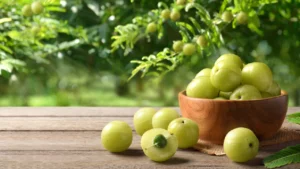
Indian Gooseberry (Amla)
Indian Gooseberry (Amla) Amla, or Indian Gooseberry, is a small, greenish-yellow fruit known for its sour and tangy taste. The fruit is round, smooth, and
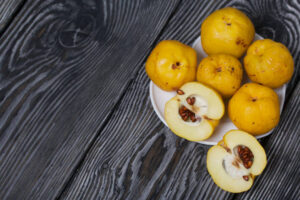
Quince Seeds
Quince Seeds Quince (Cydonia oblonga) is a deciduous tree that produces pear-shaped, aromatic fruits. The seeds of the quince fruit are small, brown, and glossy,
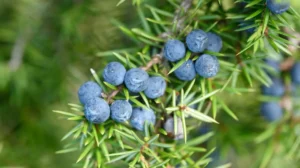
Juniper Berries
Juniper Berries Juniper Berries are small, spherical fruits from the juniper tree (Juniperus communis). They are widely recognized for their distinct aroma and flavor, often
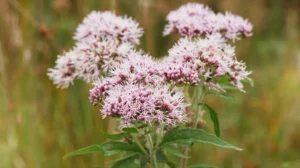
Valerian Root
Valerian Root Valerian Root, derived from the Valeriana officinalis plant, is a well-known herb used for its calming and sedative properties. It is commonly utilized
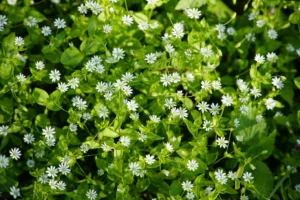
Chickweed
Chickweed Chickweed is a small, delicate annual herb that thrives in cool, moist environments. It is commonly found in gardens, lawns, and meadows, often considered
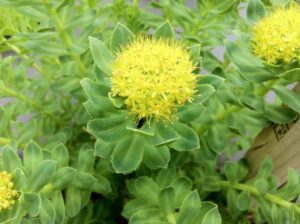
North American Rhodiola Root
North American Rhodiola Root Rhodiola (Rhodiola rosea), commonly known as Golden Root or Arctic Root, is a resilient herb that thrives in the cold, mountainous